What kind of fish and how long can live without oxygen and a filter?

Many aspiring aquarists are looking to reduce their financial costs for setting up an aquarium. Indeed, equipping an aquarium with aeration and a filter requires a certain amount of money. In addition, these devices must be looked after, cleaned in time so that they do not fail. In this regard, many are faced with the question of whether there are fish that can live without oxygen.

Types of fish that live without oxygen
I would like to note that there is not a single living creature that can continue its life without air. However, among aquarium fish, there are representatives that can not breathe oxygen dissolved in aquarium water, but receive it from the atmospheric air. Macropods, loaches and labyrinths are able to grab air from the surface of the water and keep it in their body for some time.
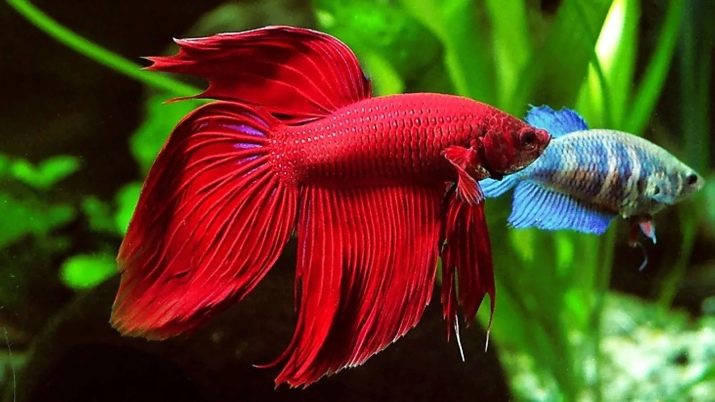
Loaches can draw air into the intestines. One of the brightest representatives of such fish is the corridor catfish. These are small fish about 3–7 cm in size. On their backs there is a shell of bone plates. The most common color is olive gray. These are peaceful fish that get along well with other representatives. They love to hide in shelters, often dig up the ground in which they look for food for themselves.
There are about 150 types of corridors. The most common are such as golden, speckled, panda, shterba, adolfi, leopard, Venezuela.
The average life span of this catfish species is 10–12 years.
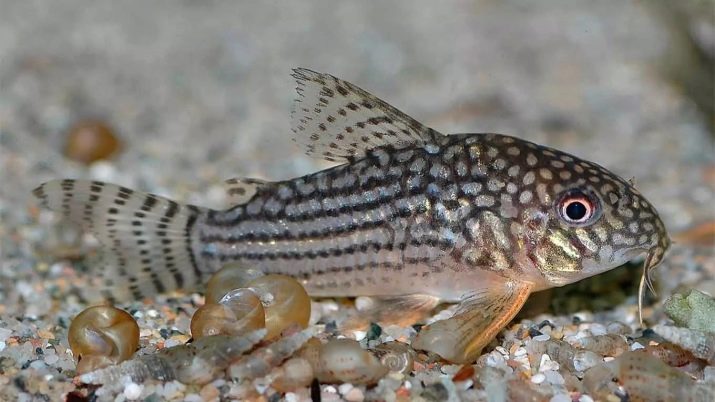
Macropod and labyrinth fish species have a special gill arrangement, which also allows them to swallow air from the surface. Consider the most unpretentious and common representatives.
Gourami
Peaceful fish, about 5-12 cm in size. There are a lot of varieties: pearl gourami, moon, blue, kissing, grumbling, marble, gold, chocolate. The names of the species speak for themselves - these fish are varied in color.
They are very unpretentious in keeping, peaceful in relation to other inhabitants of the aquarium, playful fish. A good option for the beginner aquarist.
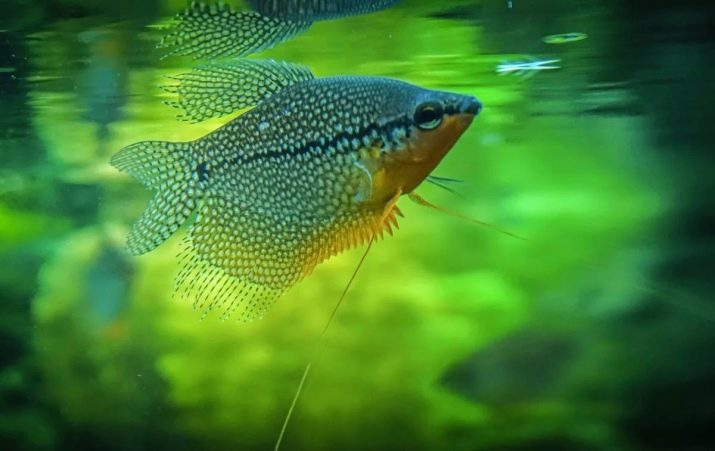
Of the general recommendations, I would like to highlight the following. The aquarium must be at least 50 cm long and at least 50 liters in volume. Fish need space for cover and play. They are unpretentious in food, eat different types of food, however, it is important not to overfeed them. They need floating plants to spawn.
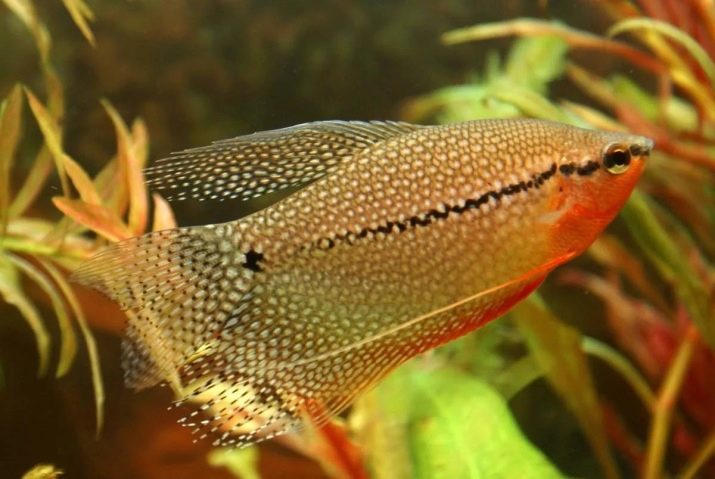
Lyalius
Small fish, about 7 cm in size. Shy, it is best to start in a flock of at least 3 fish. They can even live in a small aquarium with a volume of about 10 liters. However, for comfort, it is better to buy a larger container. They get along well where there are a lot of algae, vegetation, because they like to hide.
It is not recommended to place the aquarium in a noisy and brightly lit room, as these fish are afraid of loud sounds and harsh light. They are unpretentious in food.
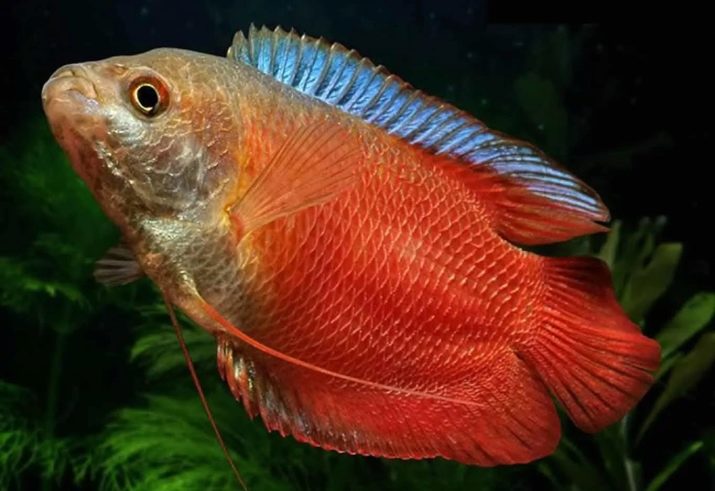
Betta cockerel
Very beautiful fish, however, aggressive, do not get along well with neighbors. One fish needs 5-10 liters of water. Cockerels are omnivorous. There are special feed mixtures for them on sale. Vegetation must be present in the aquarium so that the females have somewhere to hide during spawning, as well as from the aggressive male.
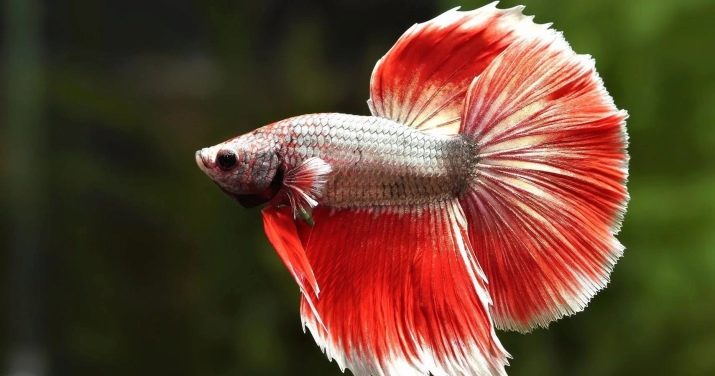
Labioses
These are large quiet fish. They need at least 10 liters of water per inhabitant. They are very fond of algae. From the feed they prefer small, varied. When breeding them, special attention should be paid to the temperature regime in the aquarium. A comfortable temperature for them is + 25-28 degrees.
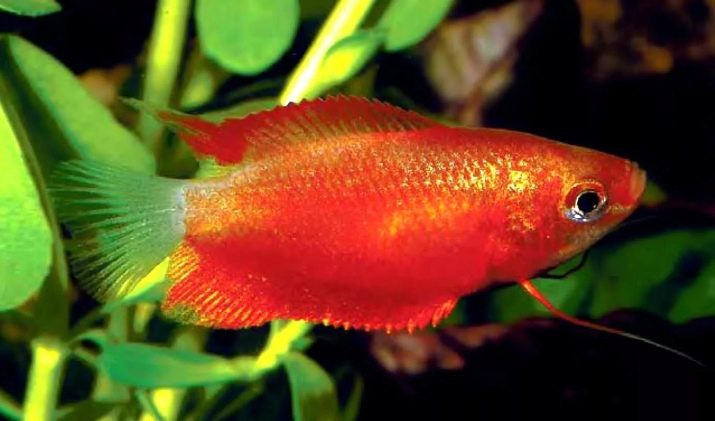
Macropods
Hardy fish that can live even in a three-liter jar. They tolerate cold and tainted water. Macropods are pugnacious, do not like smaller neighbors. They are unpretentious in food, omnivorous. For the soil, it is better to use expanded clay, coarse sand.
It is not recommended to place narrow decorative elements in the aquarium, as the fish can get stuck and die.
The aquarium should have a lid that does not block the access to air. It is also ideal if the surface of the water is covered with algae.
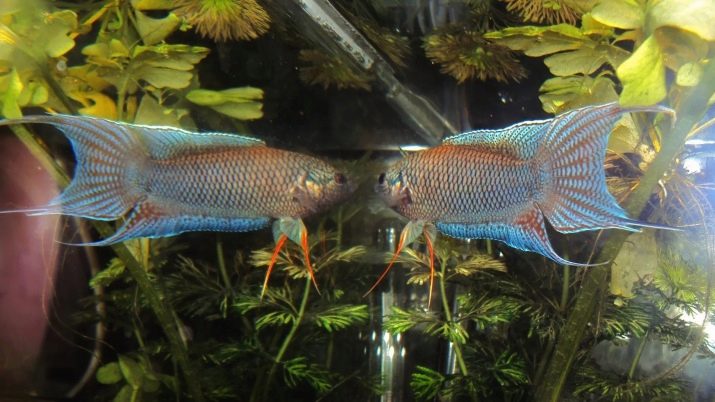
Acanthophthalmus
This fish is rather difficult to care for. They prefer small aquariums. Shelters are needed - stones, driftwood, castles. These fish can jump out, so open aquariums are unacceptable. Breeding them is difficult even for professionals. In food, they can be content with microorganisms from the soil and waste from the rest of the population of the aquarium, however, they will be happy with live and frozen treats.
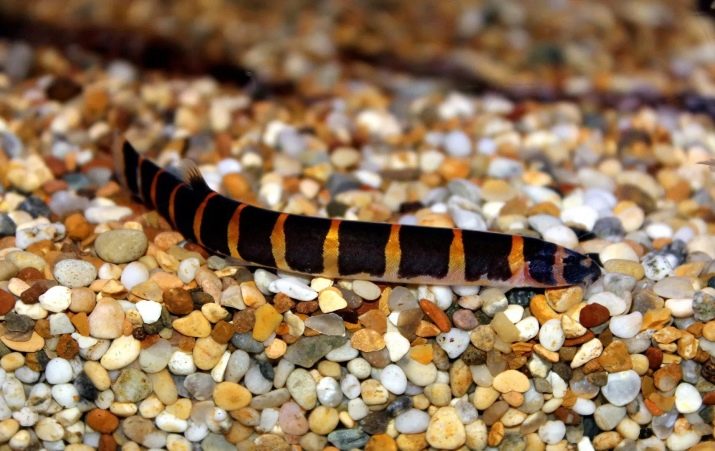
Common pinch
This fish is called a home barometer because its restless behavior predicts the onset of bad weather. They are unpretentious, they can live in an aquarium from 10 liters. There are also no special requirements for the temperature, it can range from +3 to +30 degrees. The soil can be either coarse or fine. Sharp aquarium decorations are not recommended.

In general, there are many fish that do not need to equip the aquarium with a filter and aeration for their life. Consider the size and nature of the pets, as well as the temperature of the water, the quality of the soil, and then the fish will comfortably coexist together.
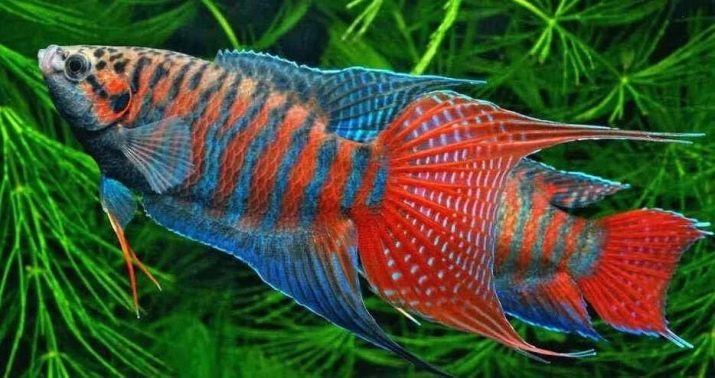
How long can they live without air
In the previous section, we found out that no living organism can exist without air.
If the inhabitants of your aquarium are representatives of the species discussed above, then you do not need to worry. They are adapted to living in water without aeration.
However, there are many fish that need oxygen in the water or they will not survive. Sometimes it can happen that the light is turned off, the devices in the aquarium do not work. A natural question arises - how much can such fish withstand without air.
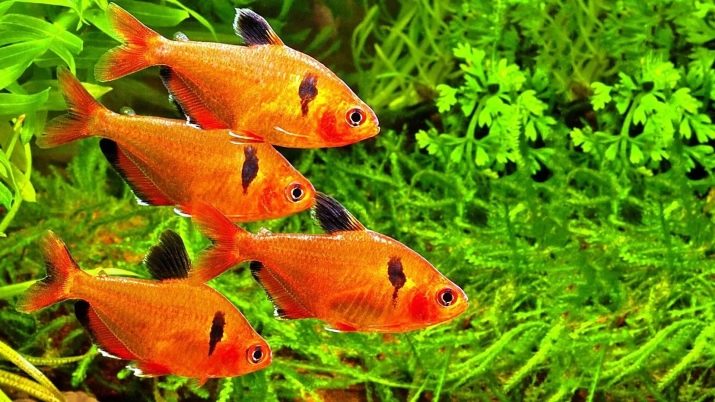
There is no definite answer here. It all depends on the population of your aquarium, the presence of vegetation in it.
If the water norms for one fish are respected, the aquarium is not overpopulated, there are live plants in it, then we can say with confidence that the fish will definitely live for several hours.
Living algae produce oxygen, which, albeit to a lesser extent than special devices, saturates the water.
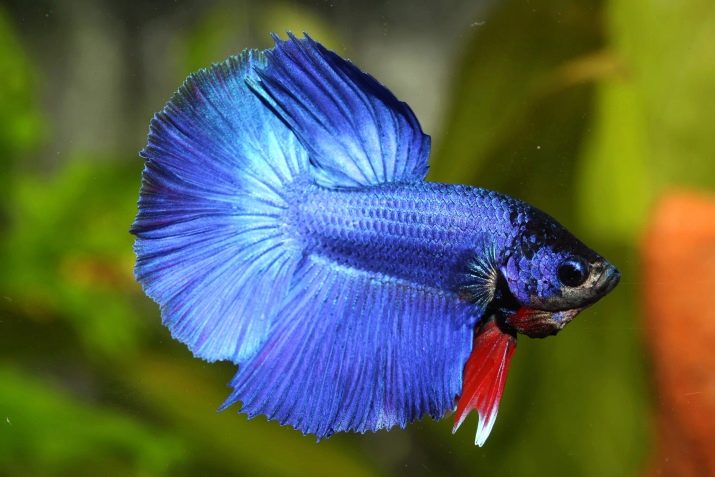
How many fish can be populated
It is difficult to answer this question unambiguously. Both the size of the aquarium itself and the size of the pets play an important role. The larger the fish, the more water should be consumed per individual. For example, for a fish 5 cm long, 2 liters of water is enough. If the fish is 8-10 cm, then about 5 liters are already required. For large individuals, the size of which is more than 12 cm, you need about 10 liters of water each.
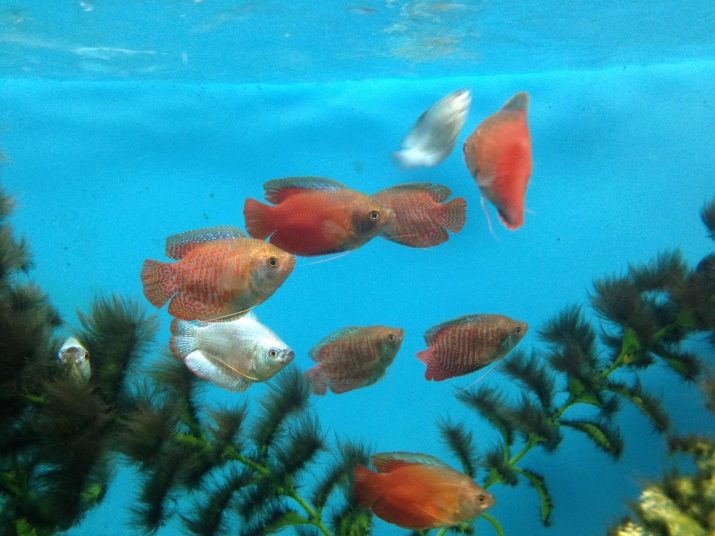
However, there are many exceptions to this rule. If you have a low and wide aquarium, then the number of fish can be increased, since the water in it is better saturated with oxygen. If you plan to introduce any of the labyrinth fish species, then the stocking density can also be increased. But if you want to breed goldfish, then it will be more comfortable for them if there is more water for each individual, since they produce a lot of waste products.
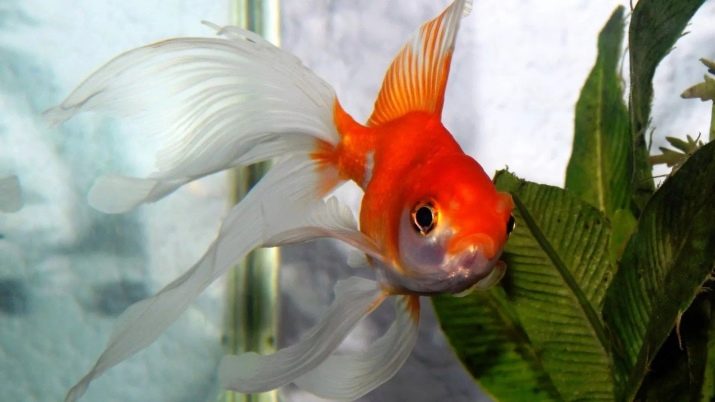
If the fish are inactive, then one pet requires less water than active, many moving fish.
Filtration and the presence of a compressor also affect the number of fish in the aquarium. If you have all the necessary equipment, then the number of fish can be increased, since the water in such an aquarium is purified and the air is saturated with oxygen.
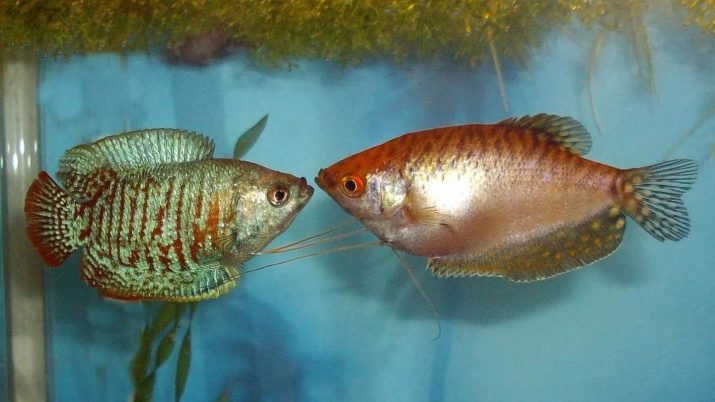
The shape of the aquarium is important. Many people prefer round aquariums. Indeed, they are beautiful and fit well into the interior. But, it should be borne in mind that not all of them can be equipped with the necessary devices... For example, a small round aquarium, about 5 liters in size, made in the form of a glass, is not very suitable for permanent residence of fish. It is best used for temporary jigging.
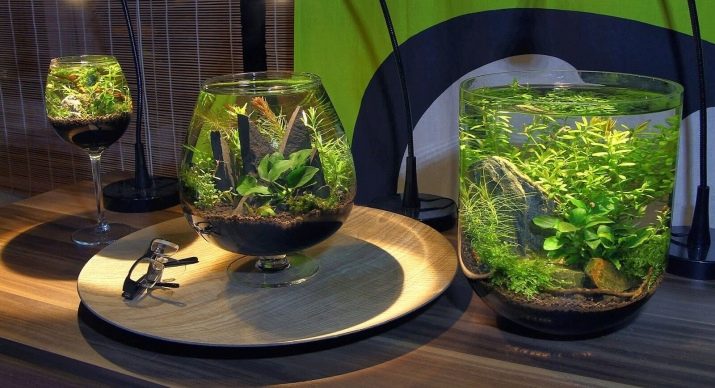
In general, fish species such as catfish, cockerels, and lalius are best suited for round aquariums. The density of their settlement must be taken into account based on the characteristics of the fish. In addition, do not forget that the aquarium contains not only fish, but also soil and algae. Thus, it is necessary to subtract 10-15 percent from the volume of the aquarium, and only then calculate the number of individuals.
Schooling fish require more water and should be kept in large aquariums. Aggressive fish also require a lot of space.
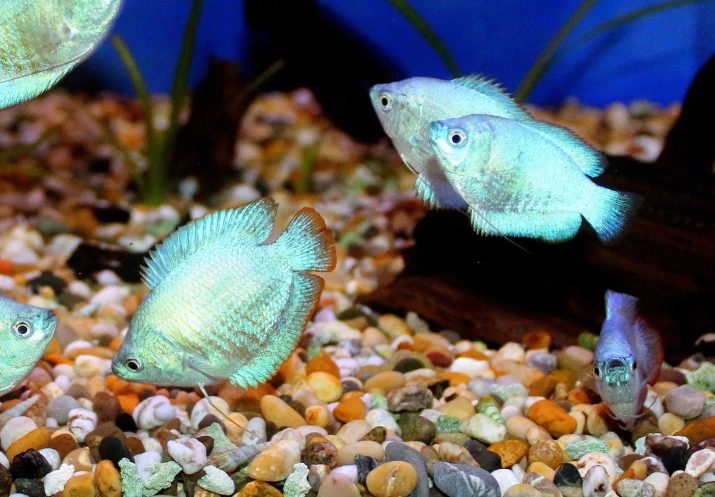
When populating an aquarium, try to have inhabitants of all layers.
It is not difficult to determine them: if the mouth is turned upwards - the upper layer is located exactly - the middle one, looks down - the lower one.
Considering all these recommendations, you can create a real ecosystem in your apartment, in which all its inhabitants will be comfortable.
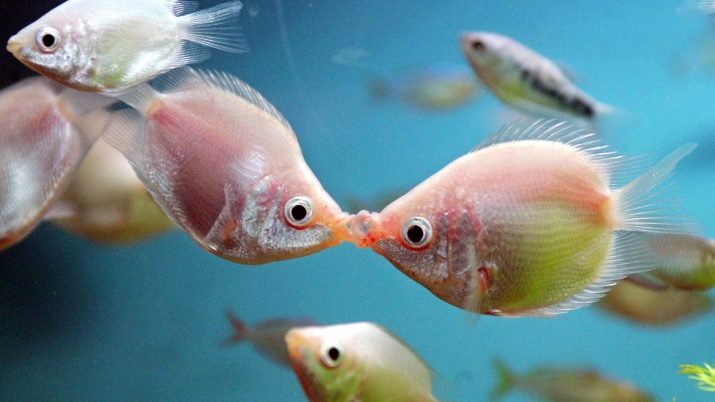
How to care for your aquarium
Maintaining your aquarium involves rinsing the filter sponge regularly. You cannot use detergents, wash only with water. In addition, it is necessary to purchase a soil siphon and use it for cleaning. Caring for an aquarium involves a partial water change.
If your aquarium is not equipped with a filter and aeration, it needs special care.
The water in it should be changed more often than in the one equipped with devices. On average, this procedure is performed 2-3 times a month. 20-30 percent of the water is removed from the aquarium, and clean, settled water is poured in its place. You cannot pour water directly from the tap, the fish may die. It should stand for 2 days.
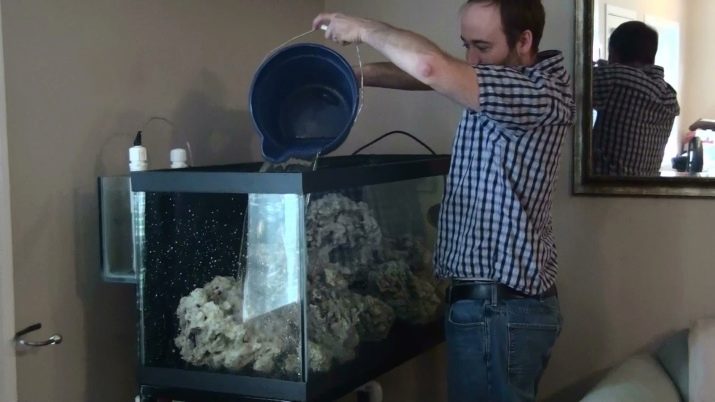
In the next video you can get acquainted with the features of the maintenance and care of the aquarium fish cockerel.








